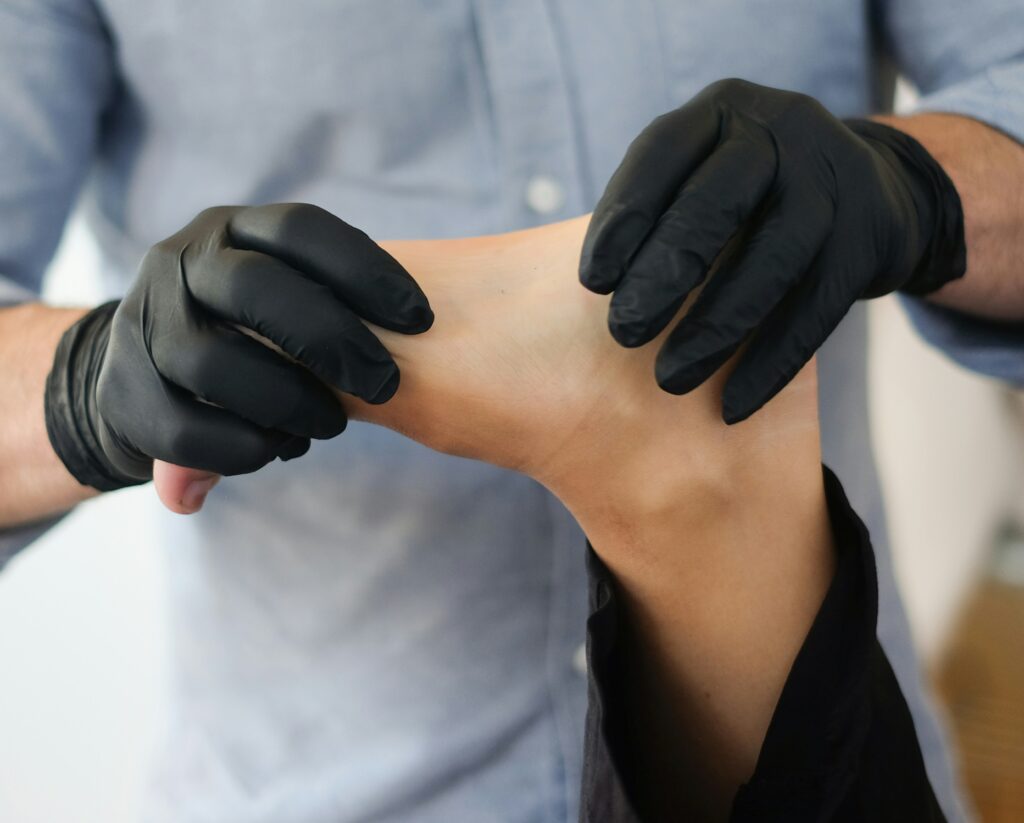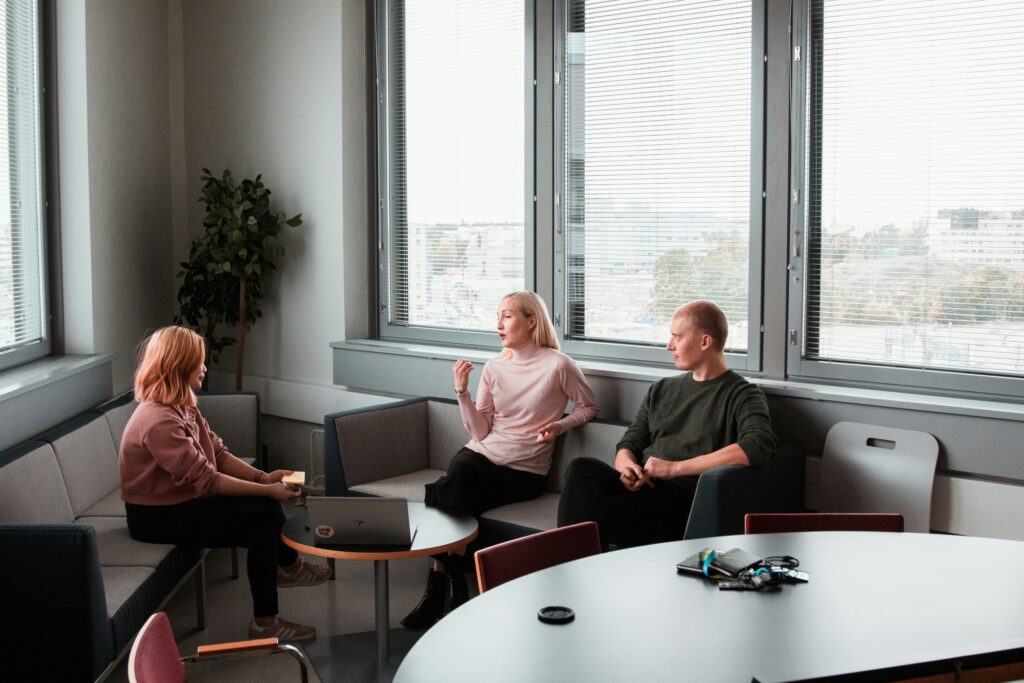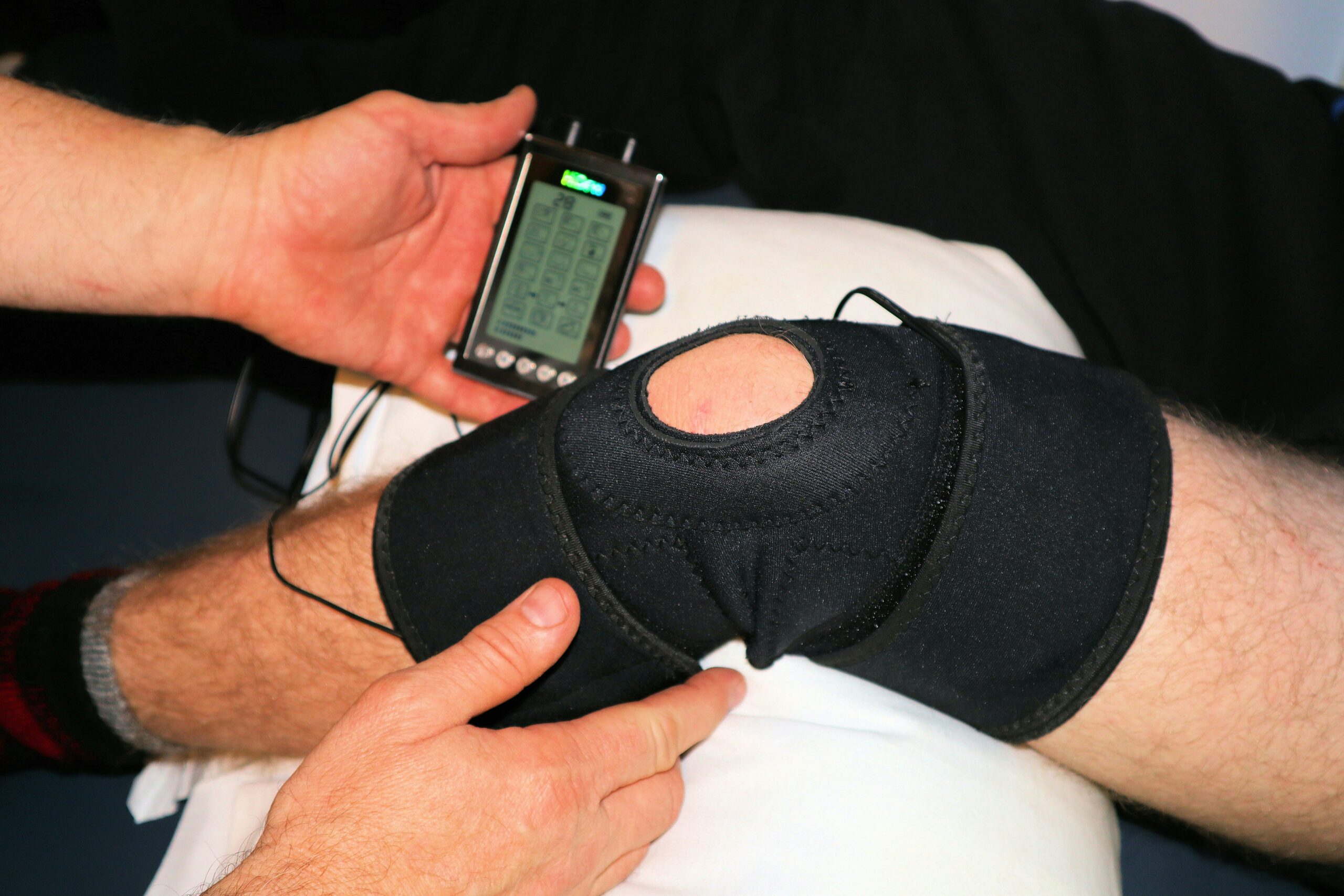Introduction
Pain can stop you from living your life fully. It makes moving hard. Many people have pain in their backs, necks, or joints. Sometimes pain comes after an injury. Other times, it grows slowly over time. Bad posture and aging often cause pain. Many people take medicine to feel better. However, physical therapy is a natural way to heal. It focuses on the cause, not just pain relief.
What is Physical Therapy?

Physical therapy, or PT, helps you move better. It reduces pain without medicine. PT uses exercises and hands-on care. Therapists teach safe movement. This helps prevent new injuries.
How Physical Therapy Works
First, your therapist asks about your pain. Then, they watch your movements. They find weak muscles or bad habits. Next, they make a plan for you. This plan has stretches and strength exercises. Sometimes, they massage or move joints. Heat or cold may be used to ease pain. Your therapist also teaches you how to move daily. Your plan changes as you improve. This keeps you safe. The Cleveland Clinic explains more.
Benefits of Physical Therapy
Physical therapy offers many benefits. You get pain relief without drugs. It may help you avoid surgery. You heal faster after injury or surgery. Balance and movement improve, lowering falls. PT also helps long-term conditions like arthritis. For details, visit Johns Hopkins Medicine.
Who Can Benefit?
Athletes, seniors, office workers, children, and pregnant women all benefit. If you have pain, weak muscles, or poor balance, PT may help. Find therapists near you at ChoosePT.com.
Types of Physical Therapy
- Orthopedic PT helps bones and joints.
- Neurological PT helps with brain and nerve problems.
- Pediatric PT helps kids with movement issues.
- Geriatric PT helps older adults move better.
- Cardiopulmonary PT helps heart and lung patients.
What Happens in Sessions?
Sessions last 30–60 minutes. Therapists check your progress. You warm up, then do exercises. Sometimes, you get massages or joint moves. You get exercises to do at home.
When Will You Feel Better?
Some feel better in weeks. Others take months. Keep at it. Over 70% improve with PT. Source: NIH.
Starting Physical Therapy
Talk to your doctor. Get a referral if needed. Find a licensed therapist. Do your exercises and attend sessions. More info at Better Health.
Tips for Success
Set clear goals. Follow instructions. Track progress. Ask questions. Stay positive.
When to Call the Therapist

Call if pain worsens, swelling happens, numbness appears, or no progress occurs.
Physical Therapy vs Other Treatments
PT fixes the cause. Medicines only hide the pain. PT avoids surgery risks. It is safer than random exercise.
Cost and Insurance
Costs vary, usually $50–$200. Many plans cover PT. Telehealth is an option.
FAQs
PT may cause mild discomfort but no strong pain. Treatment lasts 4–12 weeks. PT is more than exercise; it includes education and hands-on care. Many reduce medicines after PT.
Real Stories
Jane beat neck pain in two months. Sam avoided surgery by strengthening. Emily learned to walk better.
How to Prepare for Physical Therapy
Before your first session, wear comfortable clothes. Bring your medical records and questions. Write down symptoms. This helps your therapist.
Common Physical Therapy Exercises
Exercises stretch tight muscles and build strength. Balance exercises help prevent falls. Your therapist chooses what fits you best.
Importance of Home Exercises
Doing exercises at home is key. Without practice, progress slows. Even a few minutes daily help.
Physical Therapy and Mental Health
Pain affects mood and mental health. PT helps by reducing pain and teaching relaxation. Breathing exercises reduce stress.
Physical Therapy for Older Adults
Muscles weaken with age. Joints get stiff. PT helps seniors stay active and independent. It reduces falls.
Physical Therapy for Athletes
Athletes heal faster with PT. They learn to prevent new injuries. Exercises are tailored to their sport.
Common Myths About Physical Therapy
Some think PT is painful. Usually, only mild discomfort occurs. Others think PT is just for old or post-surgery patients. Actually, PT helps all ages. Results vary, but many improve fast.
Choosing a Physical Therapist
Pick a licensed, experienced therapist. Check specialties and reviews. A good therapist listens and adapts.
Technology in Physical Therapy
Modern PT uses tools like ultrasound and electrical stimulation. These improve care and track progress.
Payment and Insurance Tips
Know what your insurance covers. Ask about costs upfront. Some clinics offer payment plans. Telehealth may save money.
Final Thoughts
Physical therapy is a safe, natural way to heal. It helps you move and live well. Don’t let pain stop you. Start PT today. Find help at ChoosePT.com.






